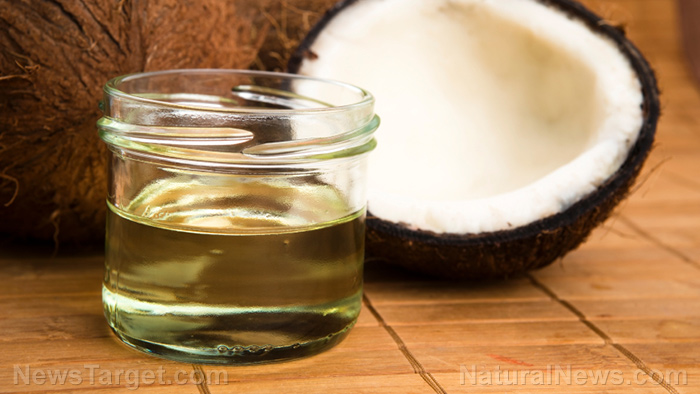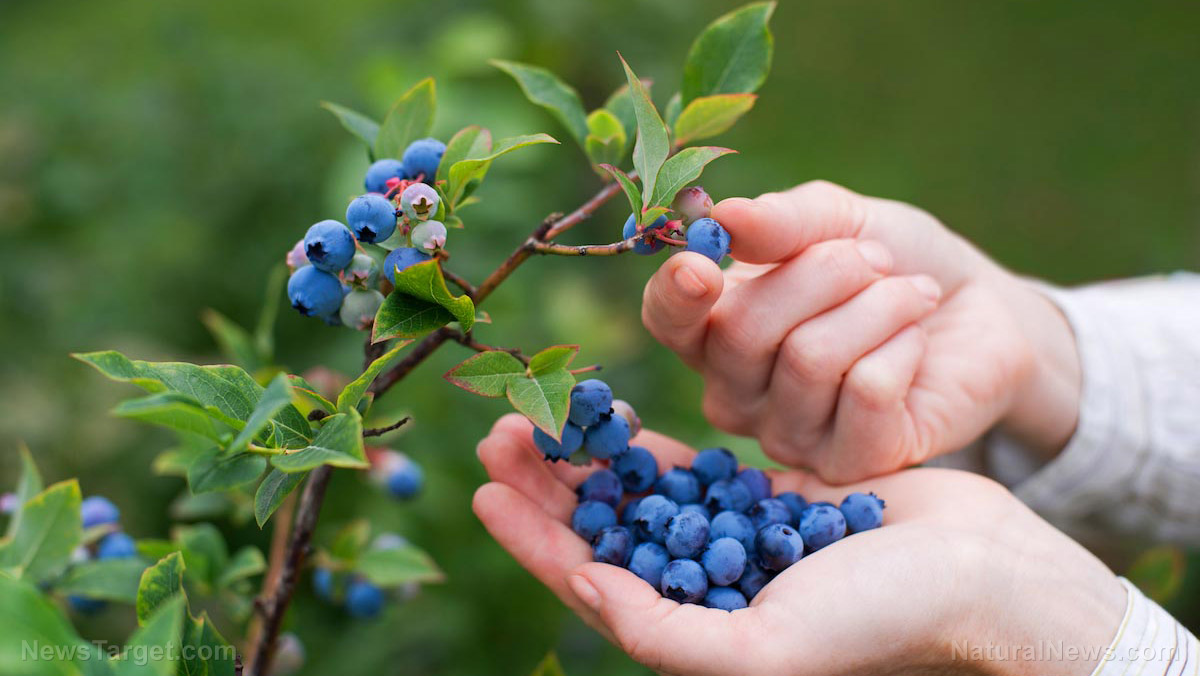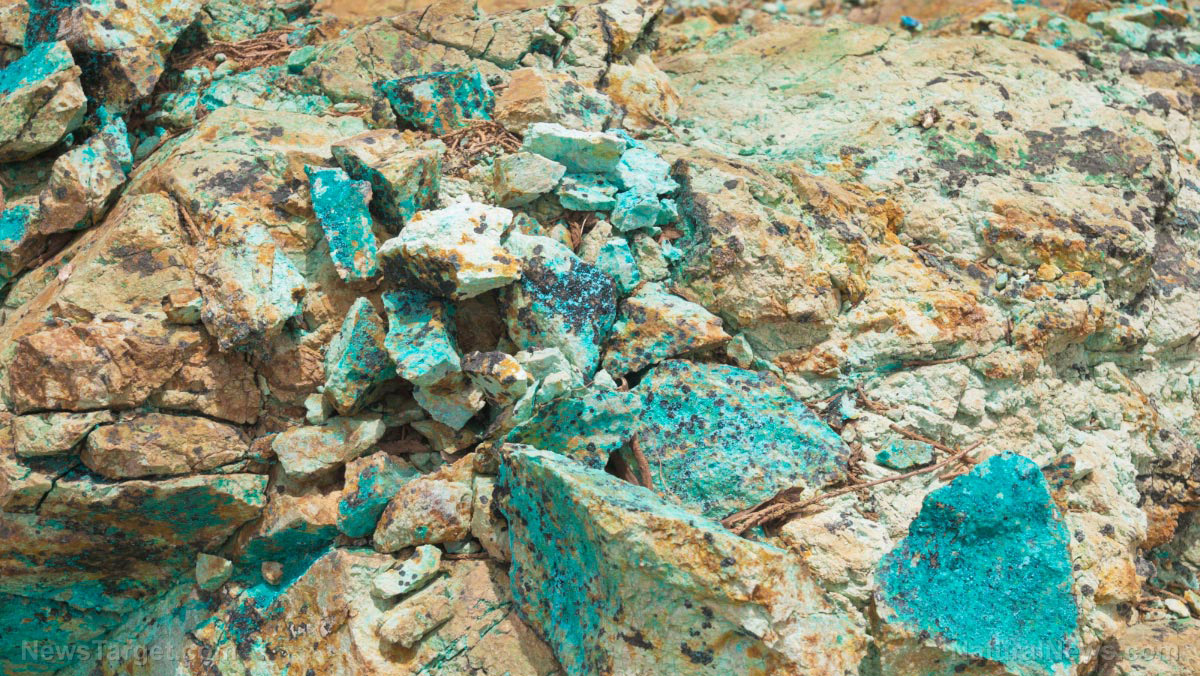
Food preservation ensures a reliable food supply year-round
In the past, people encountered freezing winters or they wanted to live somewhere else but had to bring large amounts of food with them until they reached their destination. Soon, the Industrial Revolution brought new ways of preserving food. But as the supermarket became more common, the knowledge of different food preservation methods waned. This knowledge encountered a resurgence as humanity acknowledged that food preservation is still important. While there is little to no risk of starvation now, as a prepper knowing some of these methods can give you the freedom to eat quality food year-round and after a disaster.Canning
Nicolas Appert is credited for discovering how to preserve fruits in jars. During the Napoleonic Wars, soldiers and sailors ate salt-preserved meats and whatever fresh fruits and vegetables they could find. Unfortunately, depending on the seasons and location, these items were often scarce. Because Napoleon needed to feed his troops better, he offered 12,000 francs to whoever could develop a new and safe way of preserving food. He also wanted the food to be nutritious, portable and dependable. Appert, who was a French confectioner, observed that food sealed in containers and then heated was safe to eat until the container opened. During each economic recession in the U.S., home canning and commercially canned foods gain popularity because they give financially stressed households a chance to store food or spend less on their meals.Cold storage
The use of snow and ice to preserve food goes back to the Romans who dug snow pits and insulated them with grass. Persians also stored ice in pits called yakhchals. In the U.S., ice houses were built on estates or small and separate buildings for storing food. The ice industry flourished in the early 1800s when inventions like the horse-drawn ice cutter and insulated ships ensured safer and more profitable harvesting. Families used iceboxes to keep food cold. For a century, families received ice delivered to them from larger ice houses. The first gas-powered refrigerator appeared in 1911, but households in America using electricity had to wait until 1927. Newer inventions and developments made refrigerators safer, more efficient and more affordable. The following years saw more developments, such as refrigerated railroad cars, refrigerated trailers for semi trucks, small fridges in college dorms and room-sized units for restaurants and grocery stores. (Related: 4 Food preservation methods to avoid spoilage and 3 alternatives to refrigeration.)Dehydrating
Through dehydration, you can prevent the growth of bacteria, mold and yeast that cause food spoilage. Removing moisture allows food to last months or years while also retaining many nutrients. The earliest known food dehydration was practiced in 12,000 B.C. People in modern-day the Middle East and Asia laid food out under the sun, where desert air desiccated it before storage. During the American Civil War, food was dehydrated for commercial use. However, its quality was poor and its popularity plummeted after the war. In modern times, dehydration is once again a thriving industry not because of war, but in preparation for one. Preppers also dehydrated food to prepare for natural disasters, economic downturns or other emergencies.Freeze-drying
Freeze-drying might seem like one of the newest food preservation methods because Arsene d'Arsonval developed the process of lyophilization in 1906. This process involves freezing the food and dropping the surrounding pressure so ice turns directly to vapor. However, freeze-drying has existed as early as the Incan Empire. Frost-resistant potato varieties are exposed to freezing nights in the Andes and then brought into the sunlight. Both sunlight and trampling by foot eliminate water and remove skins from the potatoes, which allows them to freeze again. The process produces a dried, wrinkled, pelletized potato product that can last years. Chuno is then used as flour, in soups or desserts. While you can use appliances to freeze-dry food at home, you can also purchase freeze-dried food for your stockpile to skip the hassle of the whole process.Freezing
Freezing has been used for centuries. Freezing food for commercial transport started sometime in 1885 when sailors packed frozen chicken and geese into insulated containers before shipping from Russia to London. This occurred during winter months and the introduction of cold air freezing plants in Russia enabled the industry. While it might seem redundant to learn about these different food preservation methods amid modern technology and the availability of different products, doing so can help extend your garden harvests into the winter.Where to get freeze-dried food supplies for your prepping needs
The Health Ranger Store is committed to helping you prepare for any emergency and we're proud to introduce different items for your prepping stockpile. The Ranger Bucket Set - Organic Emergency Storable Food Supply is an emergency food supply that's certified organic and laboratory verified. All the food items in the buckets are organic, non-GMO, laboratory-tested for heavy metals and free of chemical ingredients such as preservatives or MSG. The buckets contain pantry essentials such as black beans, long-grain brown rice and rolled oats. These products can be stored for up to 10 to 15 years, depending on storage conditions. The Health Ranger Store also offers our specialty Fair Trade Organic Freeze-Dried Coffee in a convenient and easy-to-prepare format. With a much longer shelf life than regular coffee, Health Ranger Select Organic Freeze-Dried Instant Coffee delivers a bold and exquisite flavor of medium roast coffee that you can enjoy immediately. Visit Health Ranger Store and Brighteon Store and browse lab-verified food supplies for your prepping needs. To read more stories about food preservation and tips for building your survival stockpile, visit FoodStorage.news. Watch this clip about the health benefits of drinking organic coffee. This video is from the Health Ranger Store channel on Brighteon.com.More related stories:
An essential guide to storing organic foods for survival. Powdered cheese: A versatile, shelf-stable food to add to your survival stockpile. HIDDEN DANGER: Beware of arsenic contamination in rice. Sources include: IAmCountryside.com HealthRangerStore.com 1 HealthRangerStore.com 2 HealthRangerStore.com 3 Brighteon.comLet food be your cosmetic: Coconut oil outperforms dangerous petroleum body care products
By News Editors // Share
Wild blueberries found to improve cardiovascular health and cognitive performance in older adults
By Evangelyn Rodriguez // Share
Essential survival supplies: 4 Must-have prepper lists
By HRS Editors // Share
Webb telescope captures ancient SUPERNOVA from universe's infancy
By ljdevon // Share
Under the Poisoned Sky: The terrifying truth behind geoengineering
By ramontomeydw // Share
Democratic senators urge Apple and Google to ban X over AI-generated images
By lauraharris // Share
Pennsylvania man charged over theft of human remains from historic cemetery
By avagrace // Share
Hair and droppings prompt RECALLS of Novo Nordisk's Wegovy and Gold Star products
By oliviacook // Share











